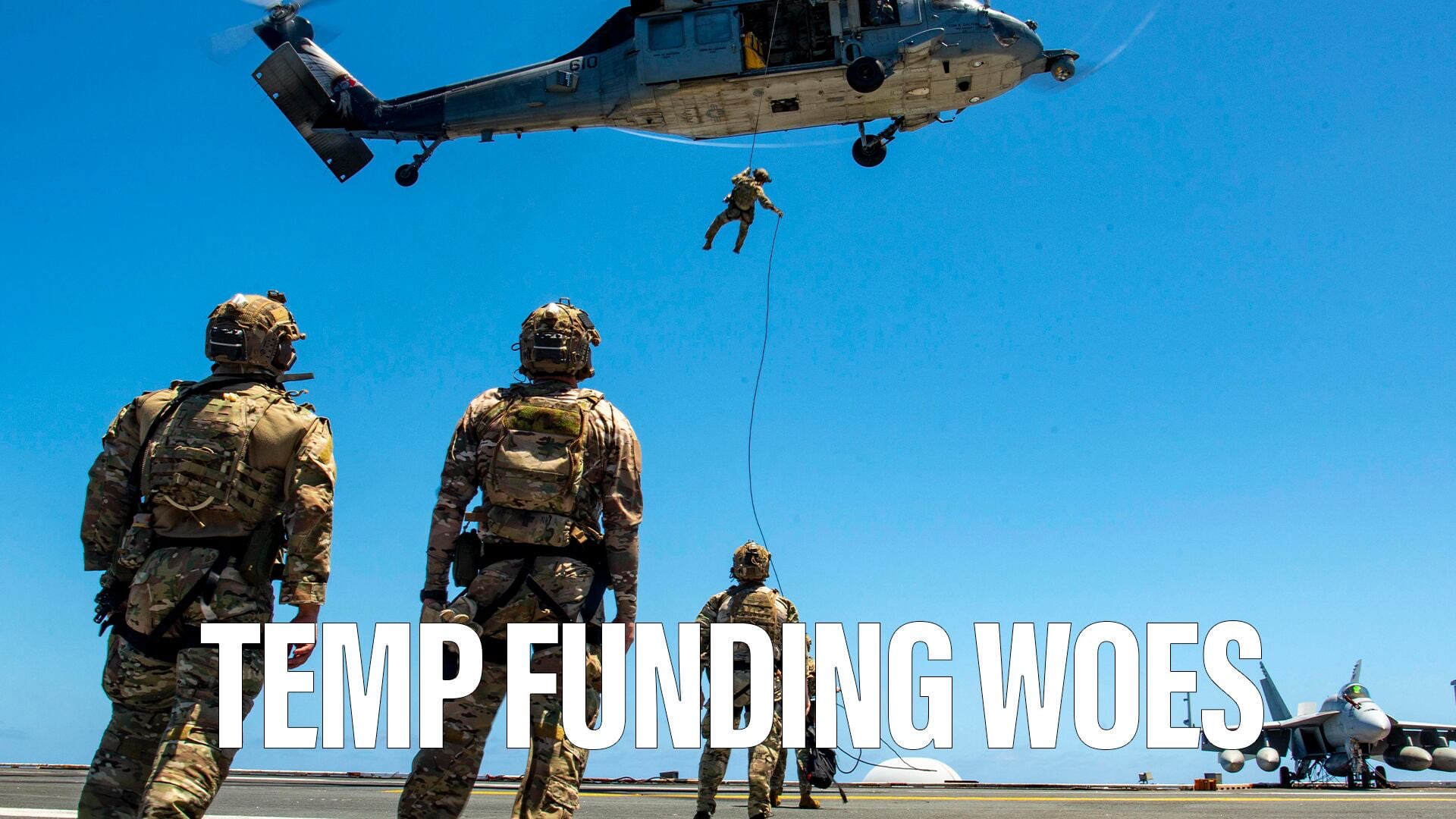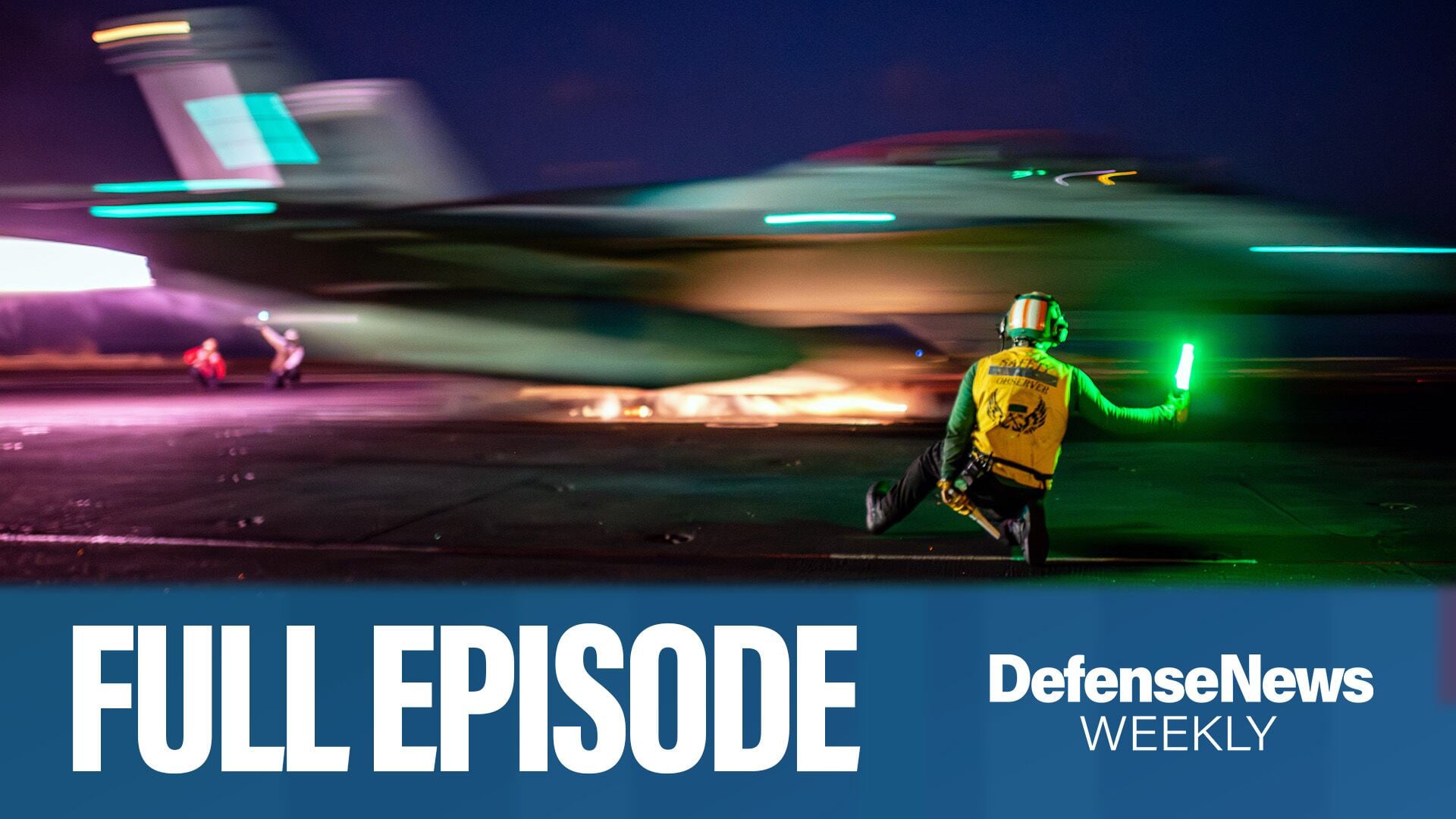In addition to the ground invasion and airstrikes by Russia that are straining both the Ukrainian and Russian militaries in and around Kyiv, there is another layer of combat occurring in the air, an unmanned form of combat that is proving to be lethal.
Drones have become a tool of both the invaders and the resistance in Ukraine, for both intelligence collection and attacks. In the run up to the invasion, Ukraine allegedly sent hand-launched reconnaissance UAVs into Belarus to gather information on the preparations and movements of Russian troops staged there. While this is better than no information at all, its usefulness was limited because reconnaissance alone could not analyze the patterns of troop movements to create an understanding of how Russia’s plans were developing.
Before the invasion, Russian-backed separatists reportedly used drones to conduct “military deception” operations intended to make the world believe that Ukraine was the aggressor. Russia allegedly staged several drone attacks using unmanned quadcopters that they alleged were carried out by Ukraine. These drones were almost always marked with Nazi symbols to bolster Russia’s messaging about the fascist threat emanating from Ukraine.
Ukraine has claimed its drones have destroyed several hundred Russian armored vehicles. That number seems high, given the limited size of Ukraine’s drone arsenal prior to the invasion. If Ukraine possessed a large and formidable drone force, it is unlikely that the Russians would send in a 40-mile-long armored convoy.
Ukraine has had success against Russian troops inside its border using the 20 or so Turkish Bayraktar drones it purchased several years ago. But this is partially due to the inability of Russian tanks to move quickly through mud. In a few weeks, when the weather changes and the ground hardens in Ukraine, we may see a more mobile Russian advance. Russia will no doubt continue to aim airstrikes at airfields used by Ukrainian forces to launch drones.
U.S. President Joe Biden recently approved American funding to beef up Ukraine’s arsenal of armed drones. This is an indication of the significance of the unmanned war that is outpacing the conventional war. In fact, we may not see tanks in combat anywhere in the world again following this war, now that is it evident that they can so easily be disabled or destroyed by comparatively inexpensive drones.
Ironically, the West has done a lot to stop Turkey from manufacturing Bayraktar drones, specifically by banning exports of the Wescam CMX-15D electro-optical cameras made in Canada and the Rotax 912 engines made in Austria that Turkey preferred to use to build them.
Why is Russia not dominating this unmanned war? Russia does not have an effective air-to-ground drone. The Orion unmanned combat aerial vehicle, produced by the company Kronshtadt and used by the Russian military, is not comparable to the Turkish Bayraktar, which is produced by the company Baykar. Although the Orion was expected to compete with the Bayraktar when offered for sale to other countries.
What Russia does have is tactical air superiority using fighter jets, which helps keeps the skies clear of Bayraktar drones.

One limitation that may impact the war is Turkey’s production timeline for the Bayraktar. A slow production cycle has been a problem from the start. Resupplying the Ukrainian military will take time that may not keep pace with events on the ground.
The Bayraktar was used two years ago in Libya by the Government of National Accord in the west and proved successful in conducting precision strikes, but unsuccessful when providing close-air support for ground movements, as the system was susceptible to air defense. It’s likely the effectiveness of Bayraktar drones will decrease if Russian troops push further forward in Ukraine and take more ground, making the UAVs similarly susceptible to Russian air defenses, such as the Pantsir.
Worth noting, the operational range of the Bayraktar drones is limited. They are controlled by a ground station instead of satellite communications. This means they likely launch within range of Russian artillery and most certainly within reach of Russian cruise missiles. The U.S. flies Shadow drones from Poland, but these have not been offered to assist Ukraine because using them would constitute an American entry into the war — a line President Biden is not willing to cross. The U.S. is sending small Switchblade loitering UAVs to Ukraine, but these are likely to have a marginal impact.
At present, Russia appears to be consolidating its gains in the east of Ukraine. As this happens, it will give Russia time to assess its positions, introduce additional drones it owns to the battlefield and bring in anti-aircraft systems to defend itself against drones, as we saw was successful in countering the Bayraktar in Libya.
For Ukraine, its drone arsenal will likely continue to be effective in protecting its forward line of troops, but ineffective over territory Russia grabs. If Ukraine is put into a position of having to take back territory, it will need longer-range attack drones with satellite communications.
In addition to the U.S. and NATO countries, Israel produces such drones. Israel will have to balance its relationships with the U.S. and Russia in determining whether to make these available.
Due to the challenges this unmanned war is posing to both sides of the fight, it is likely that we will see additional UAV models with expanded and decisive capabilities enter the battlefield in short order. The question is: Will Russia or Ukraine be able to source them first?
Kirsten Fontenrose is a senior fellow at the Atlantic Council. Andy Dreby is a co-founder of Red Six Solutions.







